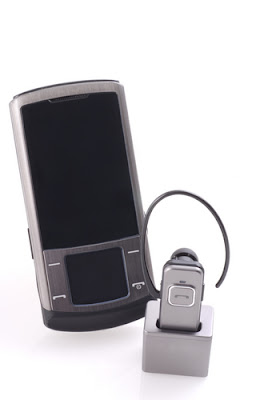Abstract
No modern sociable doll represents the genius and the troublesome excess of capitalism as clearly as the cell phone. Popular in most developed cultures in European countries, the Americas and Asia , the cell phone has become a laboratory – some would say an asylum – for testing the limits of technical unity. Less a telephone today than a multi-purpose computer, mobile phones are video games, still cameras, email systems, textual content messengers, carriers of entertainment and business data, nodes of commerce. Particular age cohorts and subcultures have started to appropriate mobile phones for idiosyncratic uses that help to determine their niche or sociable identity. Today’s Forum will examine the cell phone as a technical object and as a sociable type whose uses and meaning are increasingly various, and doll uniquely of our time that is enacting, to borrow the words of a modern author, “a ceaseless scene of move.”
Speakers
 |
| Mobile Phone Cell |
 |
| Mobile Phone Cell |
 |
| Mobile Phone Cell |
James Katz is lecturer of interaction and director of Rutgers University
Jing Wang is lecturer of China China China China
Summary
 |
| Mobile Phone Cell |
 |
| Mobile Phone Cell |
James Katz: I'll be addressing three topics: some major changes that have taken place on the planet due to the increase of the cell phone, ways that the cell phone is embodied and “performed,” and possible styles for the future. While I'll be discussing particularly about mobile phones, the styles may be applicable to other technological innovation.
To ask questions about “cell phone lifestyle,” we must first determine lifestyle. For the purposes of this discussion, lifestyle can be defined as a shared set of practices, rules, principles and symbols.
Katz reveals the audience a hand-carved wooden replica of a cell phone from Namibia
Current statistics indicate that two thousand individuals currently have subscriptions for mobile phones, referred to in European countries as “mobiles,” enough mobile phones for one third of the planet's inhabitants. In fact, there are some countries with more mobile phones than individuals. In the United States , 66% of the inhabitants own a mobile phone: U.S.
Smaller sectors now industry mobile video games and “meioses,” movie content designed particularly to be viewed on mobile phones. Other creative uses have developed, including Short Message Service (SMS), texts, and fake discussing (in which individuals pretend to speak on their mobile phones to combat solitude or fear); mobile phones have also proved useful for sociable interaction in places like Saudi Arabic, where young men and ladies are restricted in their capability to interact socially.
 |
| Mobile Phone Cell |
 |
| Mobile Phone Cell |
Cell mobile phones impact our built environment, most notably by using extensive advertising, not just in developing cities, but also in the third community. Unlike the Online, which has stimulated concerns of a “digital divide” between the developing and developing worlds, mobile phones have become well-known all over the community. The cell phone is made as extravagant, but also inexpensive. Many customers decorate and personalize their mobile phones, giving increase to folk art cottage sectors. The cell phone has become a type of art in itself, in which a user's choice of cell phone and decoration acts as a type of individual statement.
The ubiquity of the cell phone has caused changes in certain sociable rules, as well. Businesses, cinemas, parks and restaurants are just some of the spaces in which the relevance of cell phone relationships is problematic and unclear. The Metropolitan Art gallery of Art doesn't allow mobile phones, but this doesn't always stop individuals from using them. (Katz reveals a picture of a museum patron crouching to prevent being seen while using his cell phone.) Smartphone mobile phones seem to focus on interaction with distant individuals over those sharing a person's space, and the values of this new behavior are not globally agreed upon.
Classrooms are another area that have clearly been changed by mobile phones, but how, and how much? Females were more likely to use mobile phones, while men were more likely to use music players. Four percent of students said they thought it was appropriate to use a cell phone in college. 41% said they had used them to check messages in college. About half said use of texts was appropriate, while about a third considered doing offers appropriate.
Despite the comparatively small screen sizes, individuals have started watching TV on their mobile phones, to distance themselves from crowded situations and focus on their attention. Despite the extensive popularity of movie technology on mobile phones, customers remain wary of two-way movie, due to concerns about surveillance and privacy.
Cell mobile phones have been used to muster supporters of political causes. Smartphone mobile phones have been credited with helping to augment the Orange Revolution in Ukraine France China
To summarize: Smartphone mobile phones are enabling individuals to create their own micro-cultures; they are changing sociable rules and principles, and indicating customers' capability to modify and repurpose technology for their own use. I believe that mobile phones, by allowing individuals to protect their private relationships from the lifestyle around them, will encourage a type of “walled garden” of micro-cultures that is complex, but exclusive.















0 comments:
Post a Comment